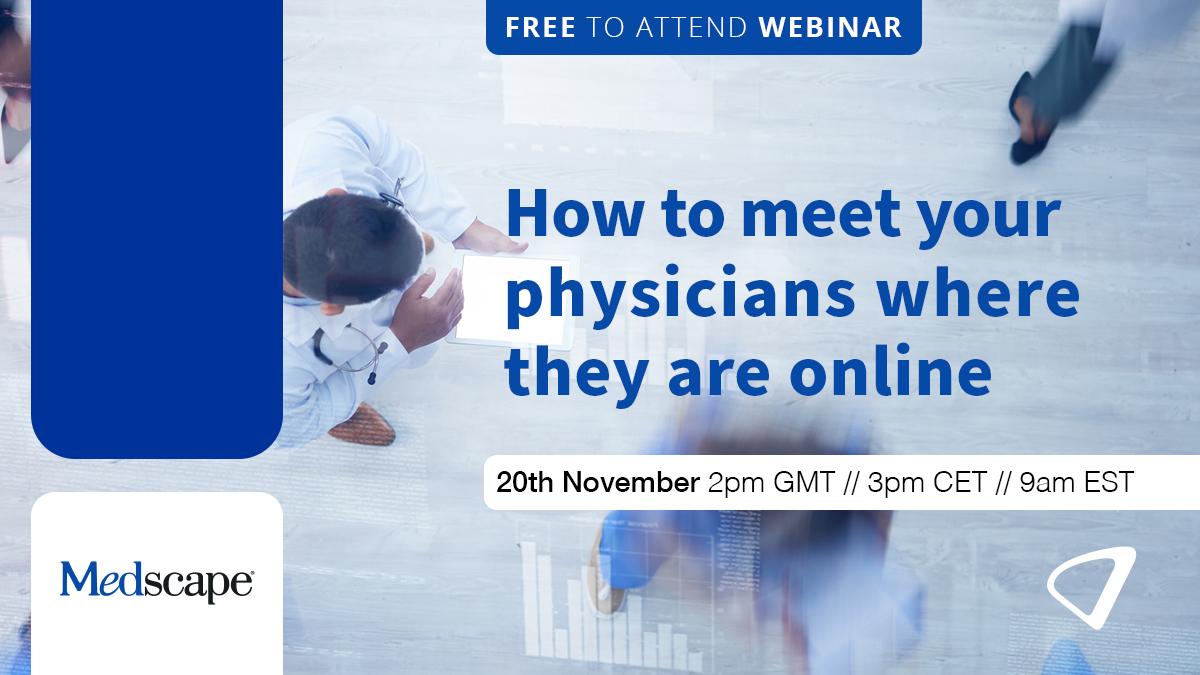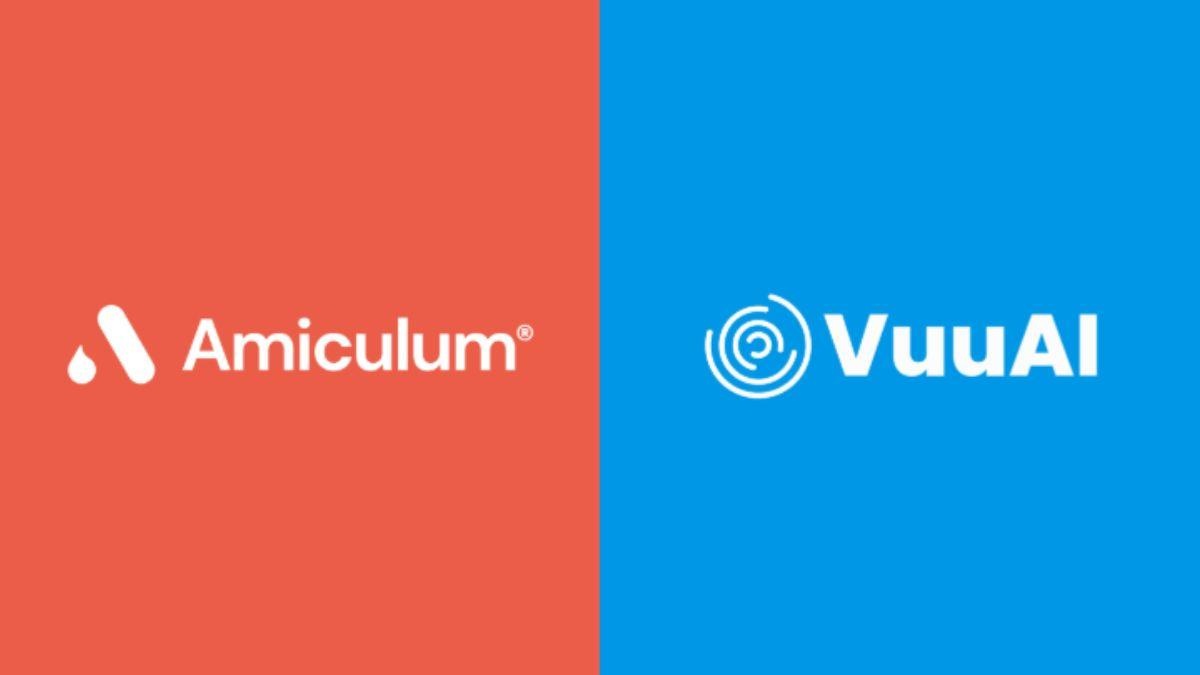Innovation without access is just a headline: Closing the gaps in healthcare

More than 4.5 billion people - over half the world’s population - lack full coverage of essential health services. This stark statistic from the World Economic Forum reveals a growing truth: the pace of healthcare innovation far exceeds its real-world reach.
From AI-powered diagnostics to precision treatment protocols, we are living through an era of rapid medical advancement. And yet, for millions of patients, these breakthroughs remain entirely out of sight. Innovation without access is not transformation, it’s merely a headline. If we are to fulfill the promise of a better, fairer healthcare system, we must focus not only on what is created, but on who can benefit. Bridging this gap requires a fundamental shift in how we think about awareness, responsibility, and the tools clinicians need to bring patients along.
The awareness gap
There is a widening knowledge gap that lies at the heart of our health systems and it’s twofold. For clinicians, keeping up with the latest innovations is a monumental task. Heavy caseloads, administrative burdens, and stretched resources mean that integrating new diagnostics or therapies into everyday practice is rarely straightforward. For patients, the challenge is even greater. Many are unaware of what to ask for, let alone that new options even exist.
This lack of awareness hampers the adoption of life-improving innovations across care practices. From new diagnostic tools to updated treatment pathways, progress meets a bottleneck when it fails to filter to the front lines. To accelerate meaningful change, innovation must be rooted not just in invention, but in understanding, especially within the daily reality of clinical practice. Second to this, the clinicians must then be equipped with the necessary tools to deliver these innovations.
Innovation thrives when it is embraced, not imposed. Top-down mandates to adopt new technologies often falter because they miss the nuances of local needs and delivery. Health-tech companies have a responsibility here: to support, rather than sell;, to partner, rather than push. Collaborations with the NHS and other systems must be built around understanding the complexities of care delivery, and adapting accordingly.
Primary care in the digital age
The internet has dramatically altered the patient-doctor relationship. Patients now walk into clinics armed with information or, worse, misinformation. While this shift can challenge traditional dynamics, it also presents an opportunity. When properly harnessed, a patient’s pre-appointment research becomes a starting point for dialogue. By acknowledging the patient's ideas, clinicians can begin to understand unreliable information, which is pervasive on the internet, and be better prepared for the next instance with a patient.
Clinicians, however, need tools and training to engage with this new type of “informed” patient. Medical education must evolve to help professionals navigate complex conversations, gently deconstruct misconceptions, and guide patients toward evidence-based decisions. In an era flooded with misinformation, dismissal isn’t enough, it requires confident, compassionate correction. Under the clinician's duty of care it is reasonable to expect a dispulsion of misinformation.
Expanding expectations, outdated infrastructure
Modern clinicians are being asked to play roles that were never part of their original training. In addition to diagnosing and treating, they must now act as digital communicators, patient educators, even marketers. It’s unreasonable to expect them to do this unsupported.
We need to equip practitioners with tools that help them attract, inform, and retain patients responsibly. That means systems that enable communication, surface relevant innovations, and redirect patients to trusted resources - all while protecting the integrity of clinical judgment.
Take orthodontics, for example. In the UK, just 1,000 specialist orthodontists serve a population of over 60 million. Orthodontists train for a further three3 years to specialise in correcting misaligned teeth and jaws, often using braces or other specialist practices. Most general dentists do not routinely offer the alignment care typically provided by orthodontists, leading to unmet needs and extended wait times. This can be addressed through a collaborative model: enabling general dentists to deliver specialist-level care by working closely with orthodontic experts. Digital platforms can bridge geographic gaps, enabling orthodontists to share their specialist knowledge and support peers remotely. With the right tools, dentists can confidently take on more complex cases, improving access, affordability, and outcomes.
This approach does not replace professional judgement, it amplifies it. It’s just one example of how innovation, when distributed intelligently, can serve more people, not fewer.
The dangers of unregulated digital health
There is unfortunately an unwelcome side effect to increased accessibility in the digital age. When patients cannot tell the difference between legitimate innovation and clever marketing, they are the ones who suffer the consequences.
The collapse of companies like SmileDirectClub stands as a cautionary tale. Many of these companies have aggressive marketing tactics with enticing repayment plans, but can over-promise on the effectiveness of their aligners. In the worst case, they can cost thousands of pounds more than advertised when customers have to seek medical help to fix problems that arise. Smile Direct Club went bankrupt in 2023, leaving behind a trail of patient complaints and clinical concerns.
It’s become such a wild west in the world of dentistry that the General Dentist Council (GDC) has been forced to write a statement warning that some of these companies are not operating legitimately.
Slick branding and SEO-driven promises may capture attention, but they often sidestep clinical oversight, leaving patients with unsatisfactory and harmful outcomes that are costly to fix. We must build digital tools that guide patients toward accountable, qualified clinicians - not just the top result on Google or the flashiest Instagram ad. That means meeting patients where they are online, and offering them options that are just as visible, just as convenient, and far more trustworthy.
Building an infrastructure of trust
To close the innovation-access gap, there is a desperate need for an infrastructure rooted in trust. That means complementing human care with tools powered by AI that offer accessible diagnostics, networks that connect patients with vetted professionals, and treatment plans that are both clinically sound and easily understood.
These must be built not as one-off products, but as enduring principles integrated into the DNA of modern healthcare. Ways of working that empower both patients and providers in a digital-first landscape.
There will always be a need for innovation in healthcare. But if it never leaves the laboratory, it becomes obsolete. To truly improve lives, we must design systems for distribution, invest in education, and support those delivering care on the ground.
This is a call to action. To regulators, who must help safeguard standards in the age of digital disruption. To technologists, who must design with usability and accountability in mind. And to healthcare leaders, who must champion approaches that bring both clinicians and patients along on the journey.
We need a human-first vision; one that empowers practitioners and informs patients, so that world-class care no longer remains out of reach.
About the author
 Dr Sonia Szamocki is a former NHS doctor and founder and CEO of British healthtech company 32Co. Dr Szamocki trained as an NHS medical doctor at Oxford University and practiced at some of the world’s leading teaching hospitals in Emergency Medicine. Dr Szamocki later worked as a strategy consultant for Boston Consulting Group, during which time she advised major healthcare transformation projects. Dr Szamocki's experiences in healthcare inspired her to create 32Co, realising that access to novel or specialised treatments is restricted by the small population of clinicians qualified to offer the treatment.
Dr Sonia Szamocki is a former NHS doctor and founder and CEO of British healthtech company 32Co. Dr Szamocki trained as an NHS medical doctor at Oxford University and practiced at some of the world’s leading teaching hospitals in Emergency Medicine. Dr Szamocki later worked as a strategy consultant for Boston Consulting Group, during which time she advised major healthcare transformation projects. Dr Szamocki's experiences in healthcare inspired her to create 32Co, realising that access to novel or specialised treatments is restricted by the small population of clinicians qualified to offer the treatment.











